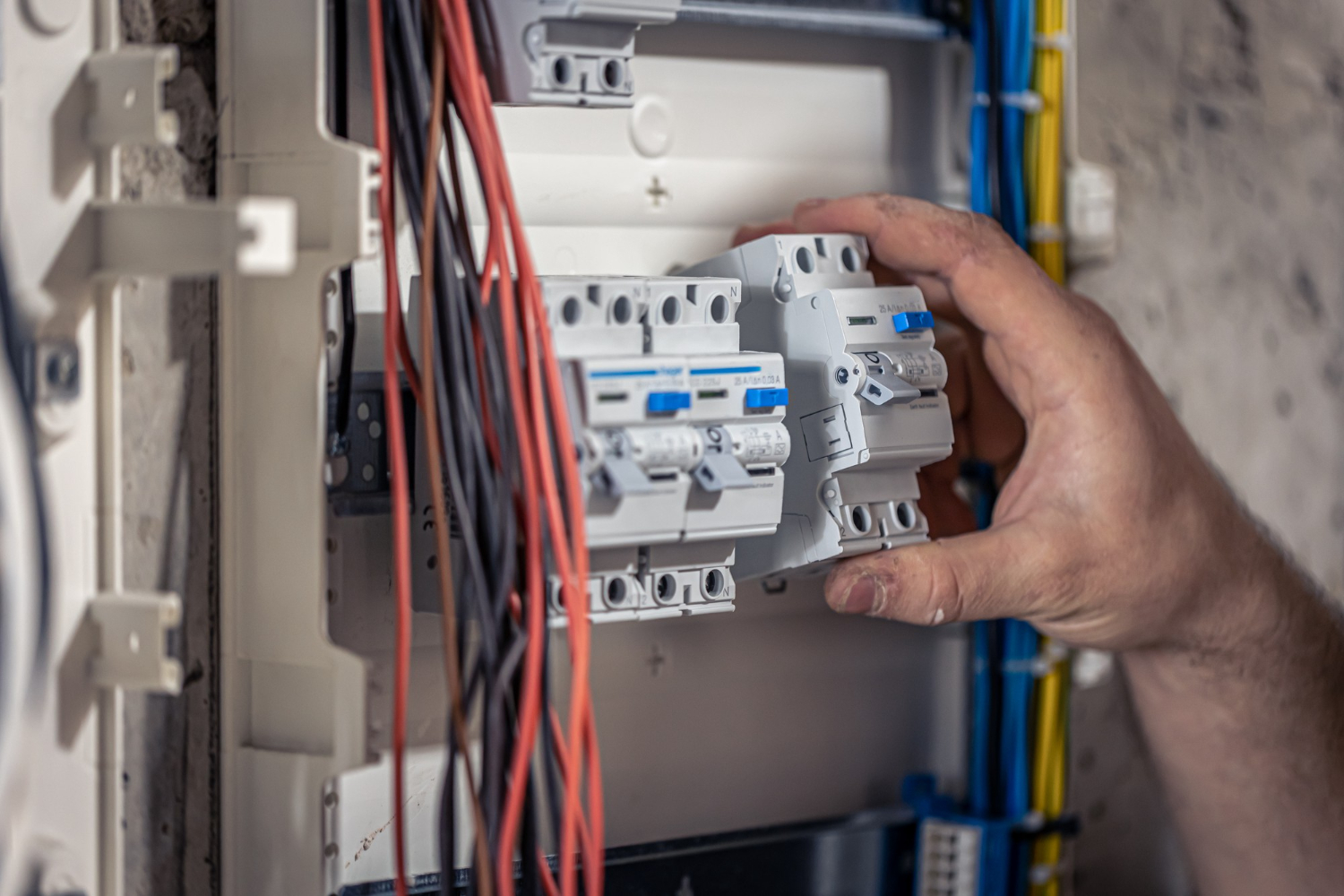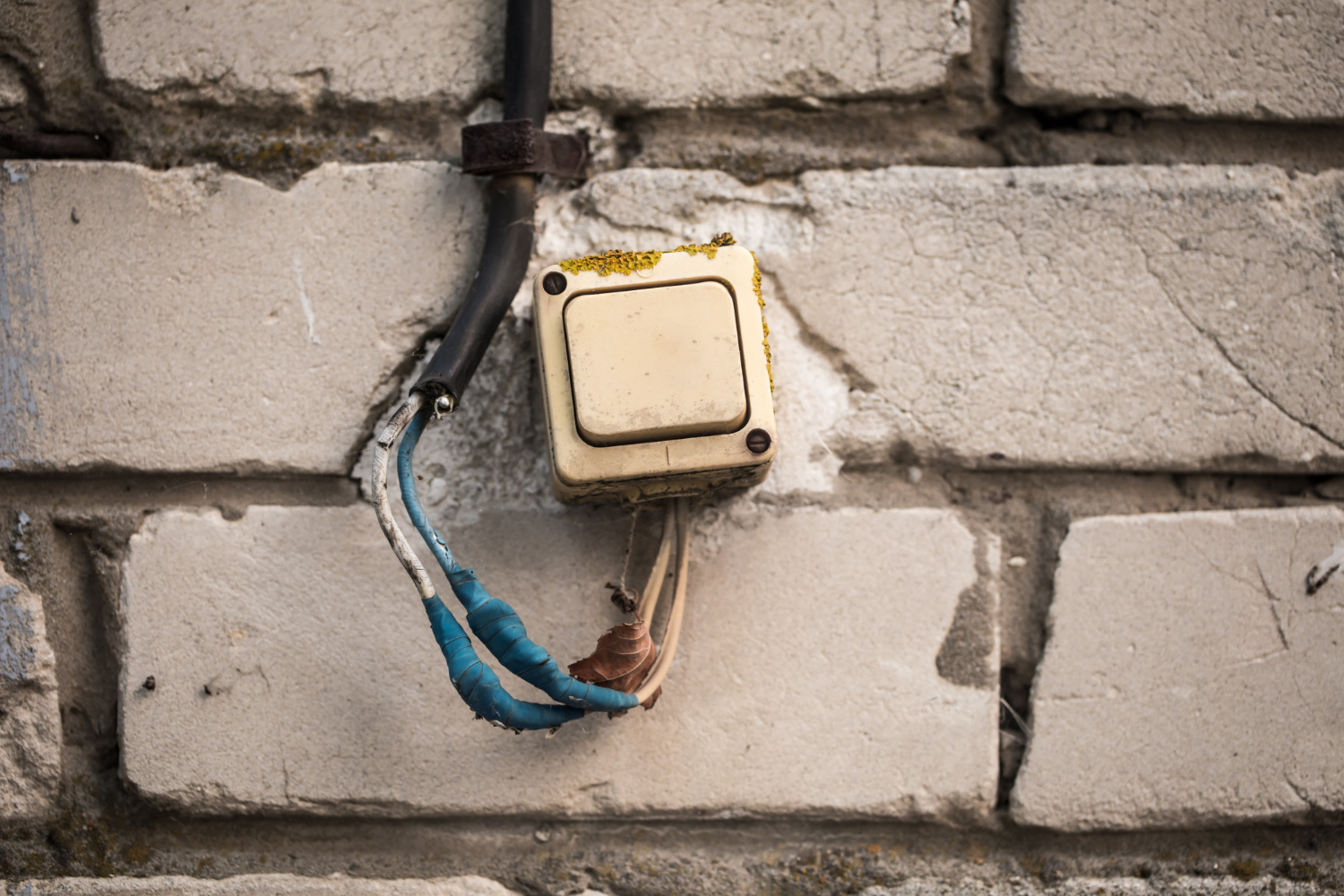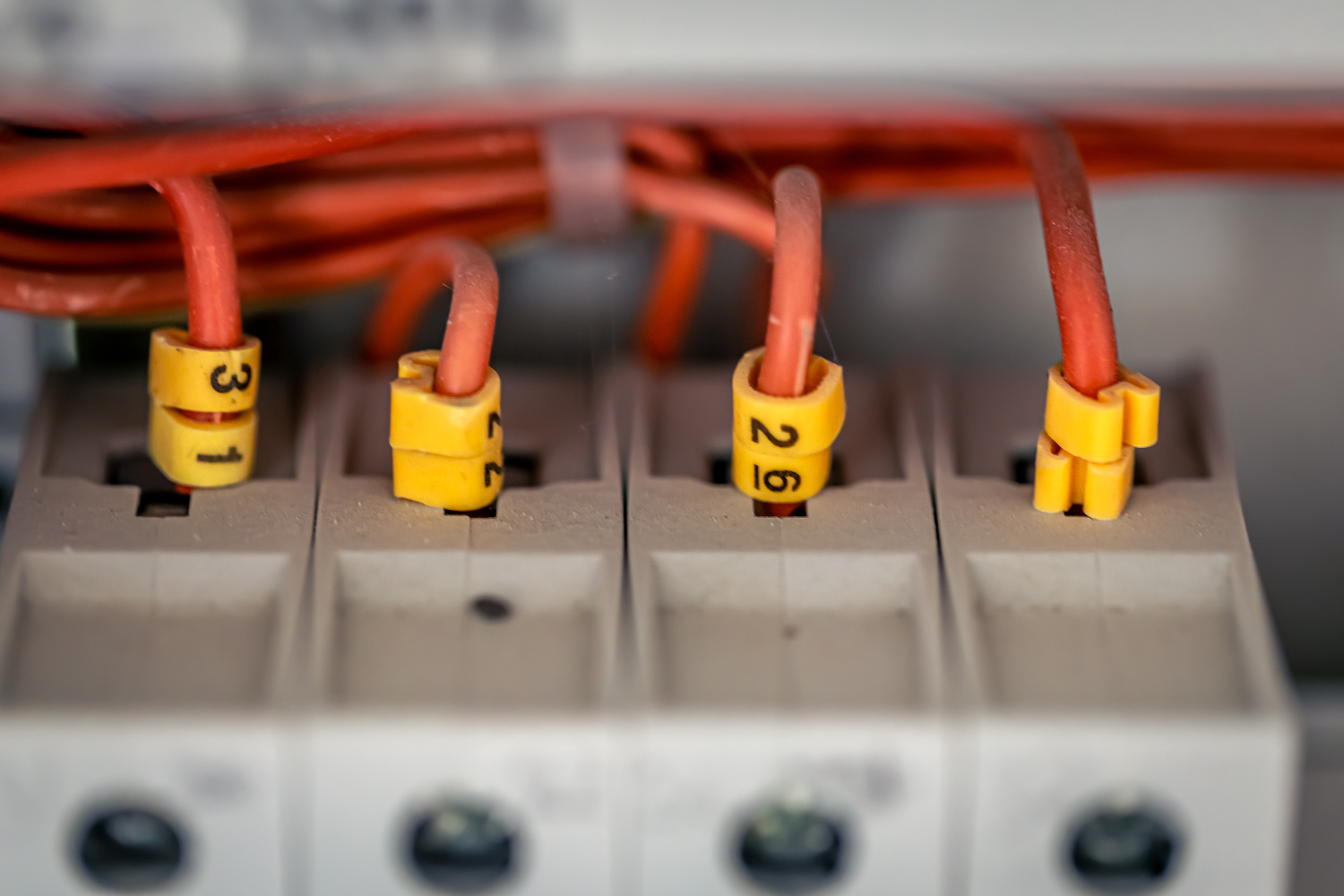The many parts of a circuit breaker work in sync with one another to make this piece of equipment the useful tool it is. Components such as the frame, operating mechanism, contacts, arc extinguisher, and trip unit are all vital parts that one should explore to know how a circuit breaker functions and the purpose of each component.
What is a Circuit Breaker?
A circuit breaker is an automatically operating safety switch that operates by measuring heat or current flowing through a circuit. If that heat or current flow is above the preset limit, this will ‘trip’ and sever the electricity supply as fast as possible. Its main function is to interrupt current flow after protective relays identify a fault.
Unlike fuses, once the fault has been fixed, the safety fuse doesn’t need to be replaced and only needs to be reset.
Circuit Breaker Parts and Components
Five main components are standard across the different types of circuit breakers which include:
1. Frame
The circuit breaker frame provides the strength needed to successfully handle the interruption process and achieve the desired interrupting ratings. This component insulates and isolates the electrical current to protect people and equipment during use or operation.
2. Operating mechanism
This component provides a means of opening and closing the circuit breaker and is categorized into two types known as over toggle and two-step stored energy.
3. Contacts
The contact allows the current to flow through the circuit breaker when it is closed. As this opens or closes, the fixed contact will move to close or open the circuit.
4. Arc extinguisher
An arc can be explained as a discharge of electric current crossing a gap between two contacts. This component of a circuit breaker extinguishes an arc when the contacts are opened.
5. Trip Unit
The trip unit senses the abnormal current flow in the event of overcurrent/overload, or short circuit and opens the operating mechanism in the event of a prolonged overload or short circuit.
Circuit Breakers Vs Fuses
The main difference between circuit breakers and fuses is that circuit breakers can be reused over and over again, but fuses cannot be reused. Circuit breakers are used to protect homes and devices against overloading and short-circuiting while a fuse’s main purpose is to protect devices and homes against overloading only.
The difference between circuit breakers and fuses can be seen as the following:
Circuit Breakers
- Once an overcurrent event has been stopped, it can be reset.
- They have a higher initial cost.
- They require maintenance.
- They have optional protective features such as ground fault.
Fuses
- After interrupting an overcurrent event, fuses need to be replaced.
- They have a lower initial cost.
- They do not require maintenance.
- The fuse only opens on overcurrent events.
- They have no capability for optional protective features.
Visit Them Today!
If you’re looking to invest in a circuit breaker or simply want to know which parts of a circuit breaker you may require, call us today at Electrical Supply Distribution LLC for a free quote or contact us via our convenient online forum where our team is ready to assist you with all electrical queries and needs.
See Related Article Here: Electrical Panel Labeling Standards



